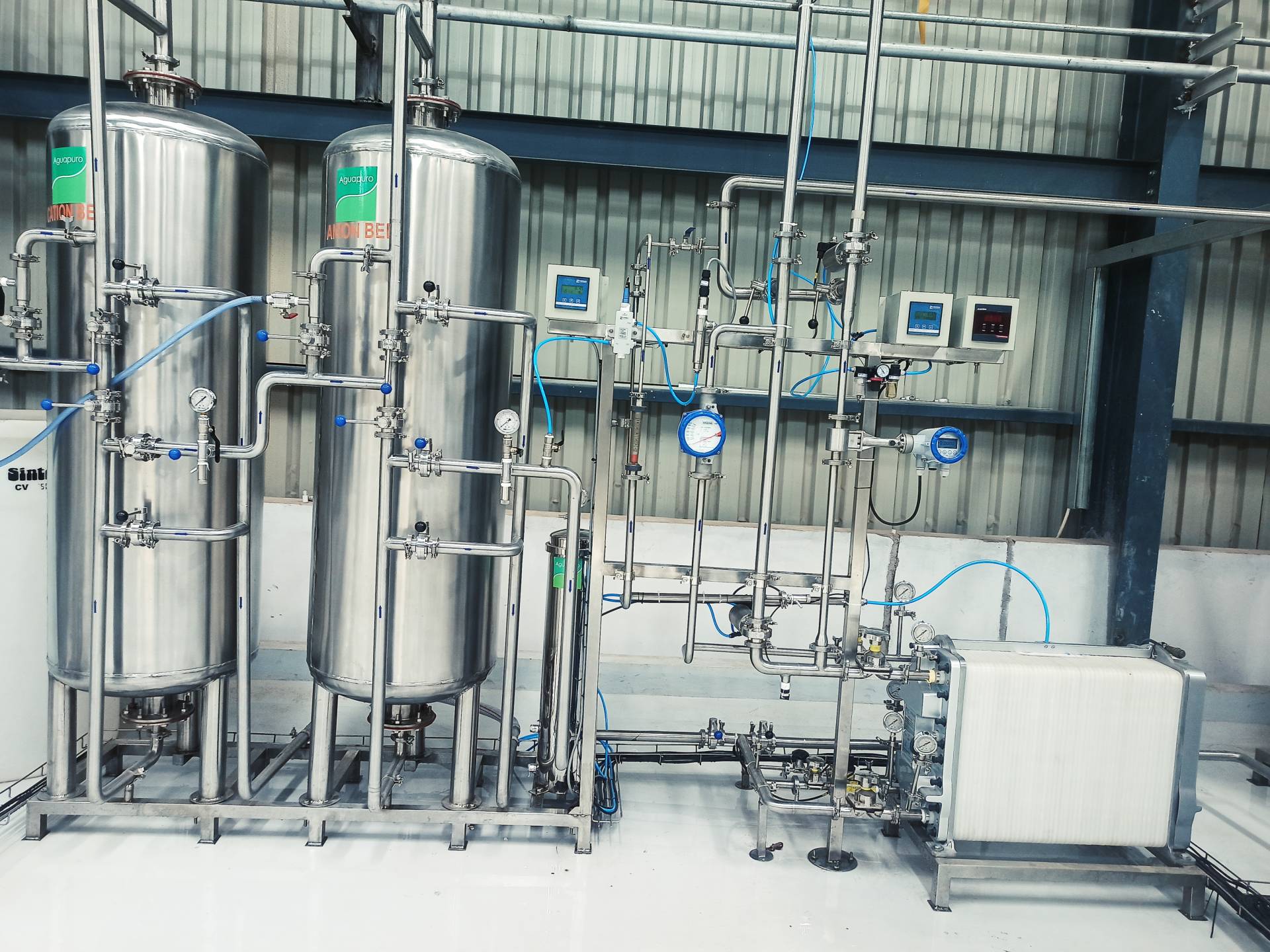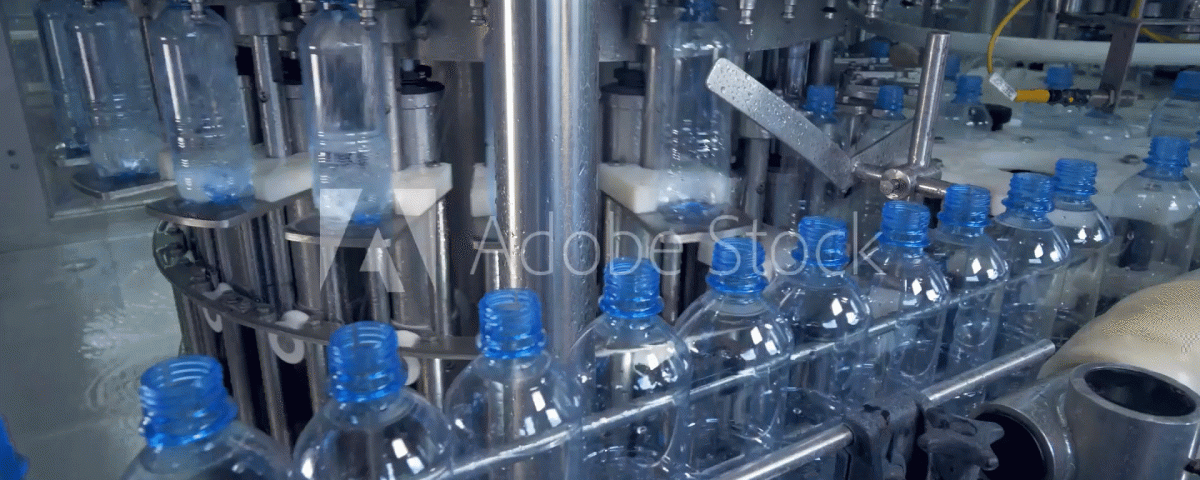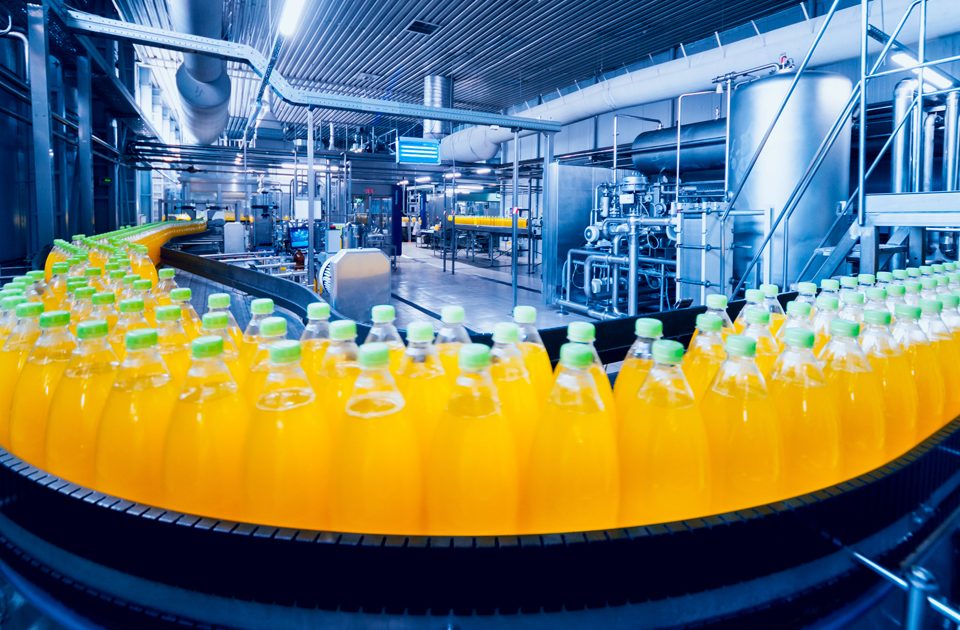
The Importance of Clean Water: How Water Purifiers Safeguard Your Health
June 6, 2025
DIY Water Purification: Tips and Tricks for Purifying Water at Home
June 7, 2025Introduction to Water Treatment Challenges in Urban Areas
Urban areas are bustling hubs of activity, innovation, and culture. However, they also face significant challenges when it comes to water treatment. With an increasing population density, the demand for clean and safe drinking water has never been greater. Unfortunately, urban environments often grapple with complex contamination issues that threaten both public health and environmental sustainability.
Imagine turning on your tap and not knowing if the water is safe to drink. This unsettling reality affects millions worldwide living in cities where infrastructure struggles to keep pace with rapid growth. As pollutants seep into waterways from industrial runoff, sewage overflow, or aging pipes, finding effective solutions becomes critical.
Enter Aguapuro—a pioneering company dedicated to transforming how we approach water treatment in urban settings. Their innovative strategies tackle these pressing challenges head-on while ensuring communities have access to clean water for generations to come. Join us as we delve deeper into the specific issues faced in urban areas and discover how Aguapuro is leading the charge toward safer drinking water solutions.
Common Water Contamination Issues in Urban Areas
Urban areas face a myriad of water contamination issues. One major concern is runoff from streets and industrial sites. This can introduce heavy metals and chemicals into local water supplies.
Another pressing issue is aging infrastructure. Many cities rely on old pipes that may leach lead or other harmful substances into drinking water.
Additionally, wastewater treatment plants often struggle to keep up with population growth, leading to untreated sewage entering rivers and lakes.
Pesticides and fertilizers used in urban landscaping also contribute to pollution. These chemicals eventually find their way into groundwater sources.
The presence of microplastics poses an emerging threat. Tiny particles can easily infiltrate the water supply, affecting aquatic life and human health alike. Addressing these prevalent problems requires urgent action from both authorities and communities.
The Impact of Poor Water Quality on Health and the Environment
Poor water quality poses significant risks to public health. Contaminated water can lead to serious illnesses, including gastrointestinal infections and cholera. Vulnerable populations, such as children and the elderly, are particularly at risk.
The environmental consequences are equally alarming. Polluted water bodies disrupt local ecosystems. Aquatic life suffers from toxins that accumulate in their habitats.
Moreover, poor water management exacerbates urban flooding problems. Inadequate drainage systems often lead to stagnant pools of contaminated water, creating breeding grounds for disease-carrying mosquitoes.
Economic implications also arise from this crisis. Increased healthcare costs burden communities already struggling with limited resources. Additionally, industries reliant on clean water face production challenges when contamination strikes.
Addressing these issues is critical not only for human well-being but also for preserving our planet’s delicate balance.
How Aguapuro Addresses These Challenges with Innovative Solutions
Aguapuro stands at the forefront of tackling water treatment challenges in urban areas with cutting-edge solutions. Their advanced filtration systems are designed to remove contaminants effectively, ensuring that every drop of water is safe for consumption.
Leveraging smart technology, Aguapuro utilizes real-time monitoring tools. These tools help identify potential issues before they escalate into larger problems. This proactive approach ensures consistent water quality and minimizes service disruptions.
Collaboration is key to Aguapuro’s strategy. By partnering with local governments and communities, they tailor their solutions to meet specific regional needs. This localized focus allows for more efficient resource management and enhances community trust.
Moreover, Aguapuro invests in educational programs aimed at raising awareness about water conservation practices. By empowering residents with knowledge, they foster a culture of sustainability that extends beyond just treatment technologies.
Case Studies: Success Stories of Aguapuro’s Water Treatment Projects in Urban Areas
Aguapuro has transformed water treatment in various urban settings. One notable project took place in a densely populated city plagued by aging infrastructure. Aguapuro implemented advanced filtration systems, significantly improving the water quality and reliability.
In another instance, Aguapuro partnered with local governments to tackle contamination from industrial runoff. By introducing innovative solutions like bioremediation techniques, they effectively restored the affected aquifers.
Community engagement played a crucial role in these projects. Residents were educated about sustainable practices, fostering a culture of conservation and awareness around water usage.
One success story involved rejuvenating an entire neighborhood’s supply system within months. The result? Cleaner drinking water that empowered residents’ health and well-being.
These case studies illustrate Aguapuro’s commitment to addressing real challenges faced by urban areas while also promoting collaboration with communities for lasting change.
The Future of Water Treatment in Urban Areas: Emerging Technologies and Trends
The future of water treatment in urban areas is bright, driven by innovation and technology. Smart systems are emerging, integrating data analytics to monitor water quality in real-time. These advancements enable quicker responses to contamination incidents.
Decentralized treatment solutions are gaining traction as well. They allow for localized processing, reducing the strain on central facilities while enhancing efficiency.
Moreover, membrane filtration technologies continue to evolve. These methods promise higher purity levels with lower energy consumption.
Sustainable practices are also at the forefront. Utilizing renewable energy sources for operations minimizes environmental impact while promoting eco-friendly approaches.
As cities embrace these trends, collaboration between public and private sectors will be crucial. This partnership can foster research and development efforts that pave the way for groundbreaking solutions tailored specifically for urban challenges.
Conclusion: Ensuring Clean and Safe Water for a Sustainable Future
Ensuring access to clean and safe water is a fundamental necessity for urban populations. As cities grow, the complexities surrounding water treatment only intensify. Urban areas face unique challenges that can compromise water quality and public health.
Aguapuro stands at the forefront of these challenges, offering innovative solutions tailored specifically for urban environments. By addressing common contamination issues effectively, Aguapuro not only improves the safety of drinking water but also enhances overall community well-being.
The success stories from Aguapuro’s projects highlight their commitment to sustainable practices and cutting-edge technologies. These advancements pave the way for a future where clean water is no longer a luxury but a standard in urban living.
Emerging technologies are changing the landscape of water treatment. With ongoing research and development, there is hope for even more effective methods to combat pollution and ensure reliable access to potable water.
As awareness grows about the importance of maintaining our vital resources, collaboration among communities, governments, and organizations becomes crucial. Together, we can tackle these pressing issues head-on.
Clean and safe drinking water should be viewed as an essential right rather than an afterthought in urban planning. The work being done today will shape healthier cities tomorrow—ensuring that everyone has access to this irreplaceable resource moving forward.


